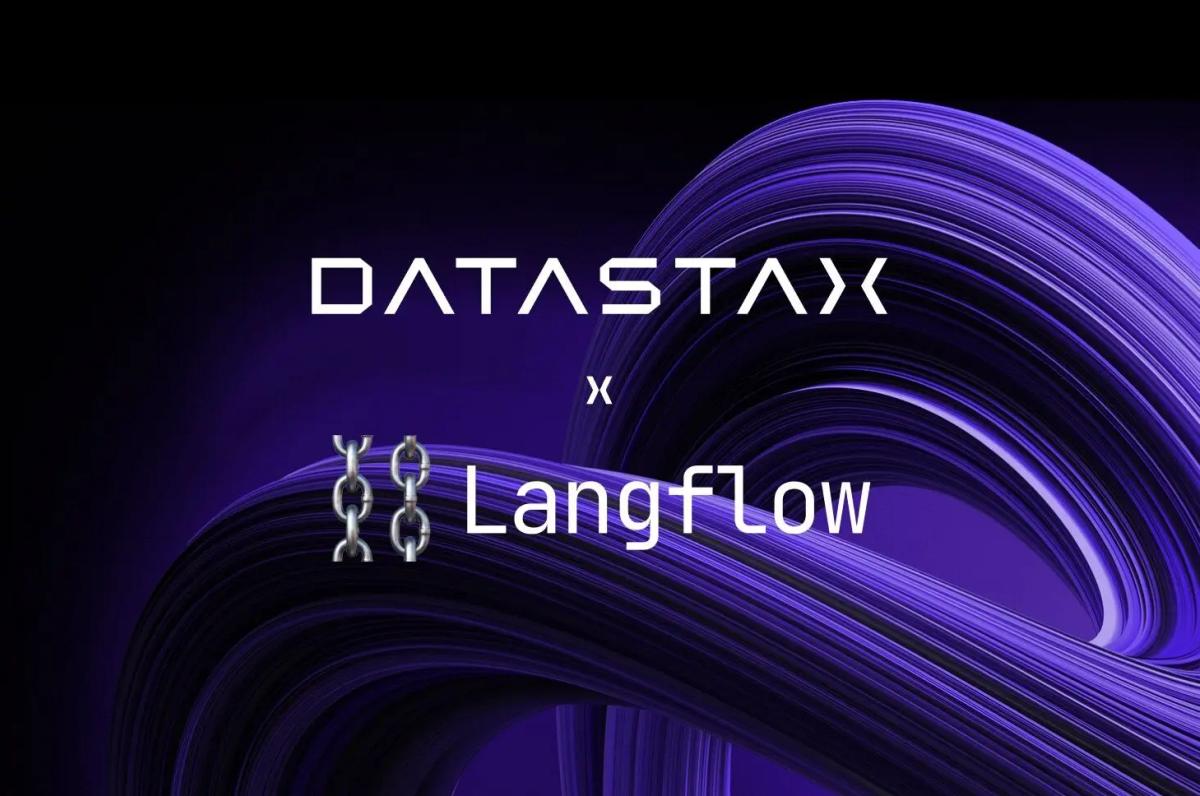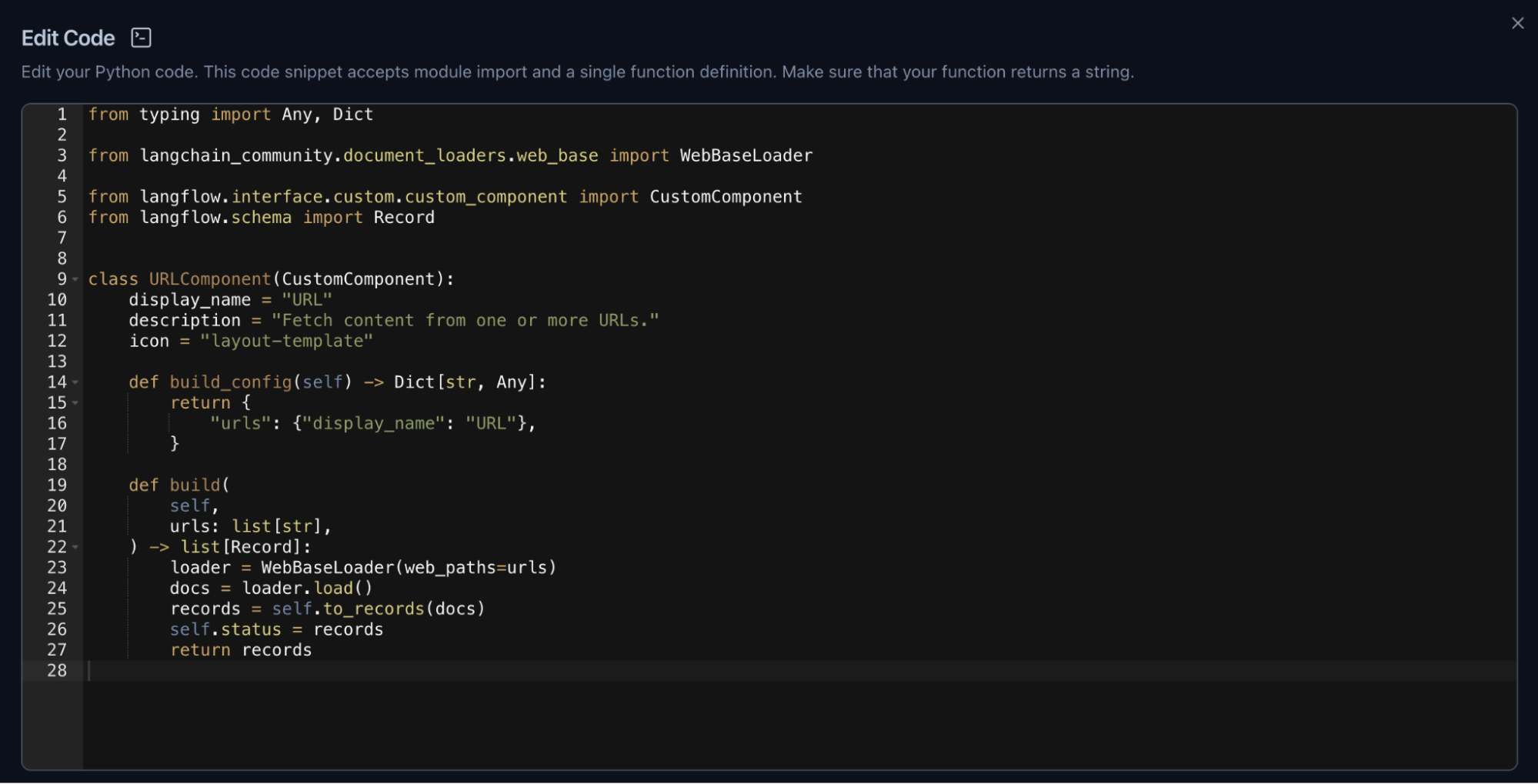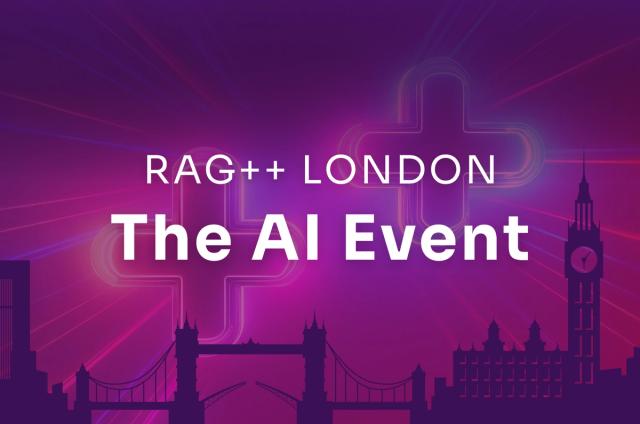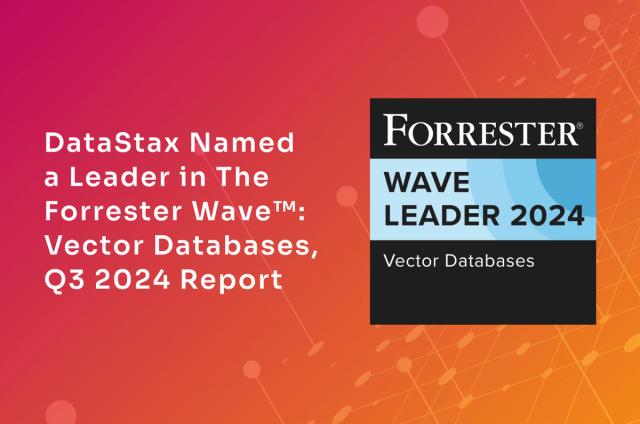DataStax Acquires Langflow to Accelerate Generative AI Development

We're excited to announce DataStax's acquisition of Langflow. You can read more about the details in our press release and Langflow's announcement on their blog.
AI has completely changed what is possible with software. From ChatGPT to GitHub Copilot, we’re experiencing a shift in how developers build software, and how people use it. We're moving away from a world of drop-downs and radio buttons and hurtling toward a world of conversational interfaces and intelligent apps.
This has happened before. Consider the shift to cloud, and the shift to mobile before it. One thing that both of those transitions had in common was the rapid improvement in the accessibility of developer tooling and the subsequent explosion in the number of people able to create and build new things. There are more than 26 million developers in the world today largely because technologies like the web and JavaScript have lowered the barriers to entry to build software.
But AI has completely changed how apps are built. There is a new programming stack for AI being created on the foundations of large language models (LLMs), vector databases, and frameworks like LangChain. The learning curve is steep and developers spend too much time on tasks that can’t directly relate to what they care about: building apps and experiences that people love.
Langflow is the solution. Langflow is a new way of building AI apps built on top of LangChain that integrates with the full breadth of the new AI programming stack. Its interface enables rapid experimentation, testing, and iteration, and its ease of use has opened up AI to a whole new class of developers who have made Langflow one of the fastest growing communities in open source.
DataStax and Langflow: Building a better AI stack
Instead of talking about Langflow, let's dive into a hands-on example of how developers can build a fully functional RAG application in five minutes or less. House of the Dragon is coming back to HBO for season 2 on June 16 (I'm kind of a fan), so let's use the HOTD Wikipedia page as an example of building an AI-powered app using Langflow and DataStax Astra DB.
So what's happening here? Langflow enables us to create something called a “flow.” These flows are composed of components, and in this example we use four of them: URL, OpenAI Embeddings, Recursive Character Text Splitter, and Astra DB. Here's how the data flows in our example:
- The URL component fetches the webpage text
- This text is passed to our Recursive Text Splitter, which breaks the text into chunks
- These chunks are passed to the Astra DB component
- Each chunk is passed to OpenAI to compute the embedding
- The source text and the embedding vector are then stored in Astra DB
Under the hood, each of these components is built on top of LangChain primitives. The URL component is just a LangChain WebBaseLoader:

If this feels like a visual way of building AI applications with LangChain, you're right! The insight of LangChain that made them the de facto framework for building AI applications was that developers needed a new set of composable, chainable programming primitives to work with when interacting with LLMs. Langflow makes it easier than ever to build on LangChain and tap effortlessly into the new AI stack.
But the fun doesn't stop there! Let's head back over to Castle Dragonstone and breath some fire into this example by building a fully functional RAG application that can answer our burning trivia questions about House of the Dragons:
Yes, that's right. We've got a fully functional RAG application built on top of customizable Langflow components, all underpinned by the power of LangChain. It took under a minute to set up and you can swap components in and out effortlessly, modify your prompts, and dial in your chunking strategy as you debug and fine-tune your AI application. Langflow makes it 100x easier to get started, iterate, and get your app to production.
Langflow, powered by open source and powered by community
Langflow co-founders Rodrigo Nader and Gabriel Almeida had a vision for an easier and more powerful way for developers to build AI applications. From the beginning, Langflow has been completely open source and its marketplace of tools and integrations has been open to anyone and everyone. This commitment to being easy to use and completely open has fueled one of the fastest growing developer communities in the world.
And while change is a constant in our industry, some things will not change: Langflow will continue to be open source, will continue to operate an open and neutral marketplace of integrations, and will continue to be powered by its amazing community of contributors and users. We're excited to work with them to make all developers AI developers, and we can't wait to see what amazing things you’ll build with it.
Here are some resources to help you get started:
- Check out Langflow on GitHub
- Get started coding with our Langflow Quickstart Guide




